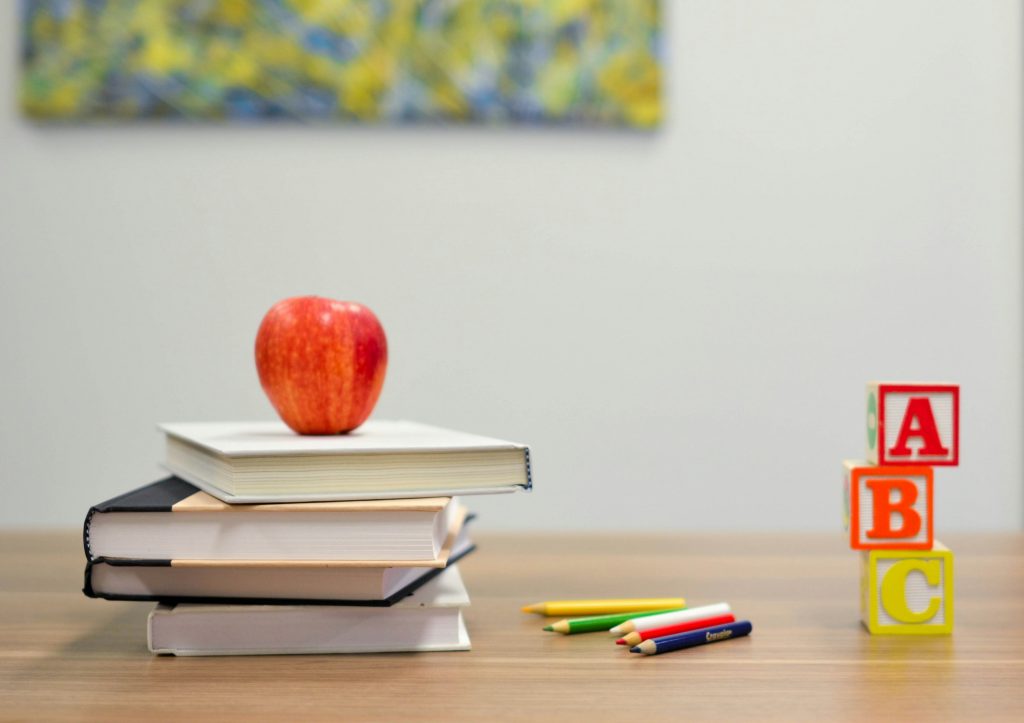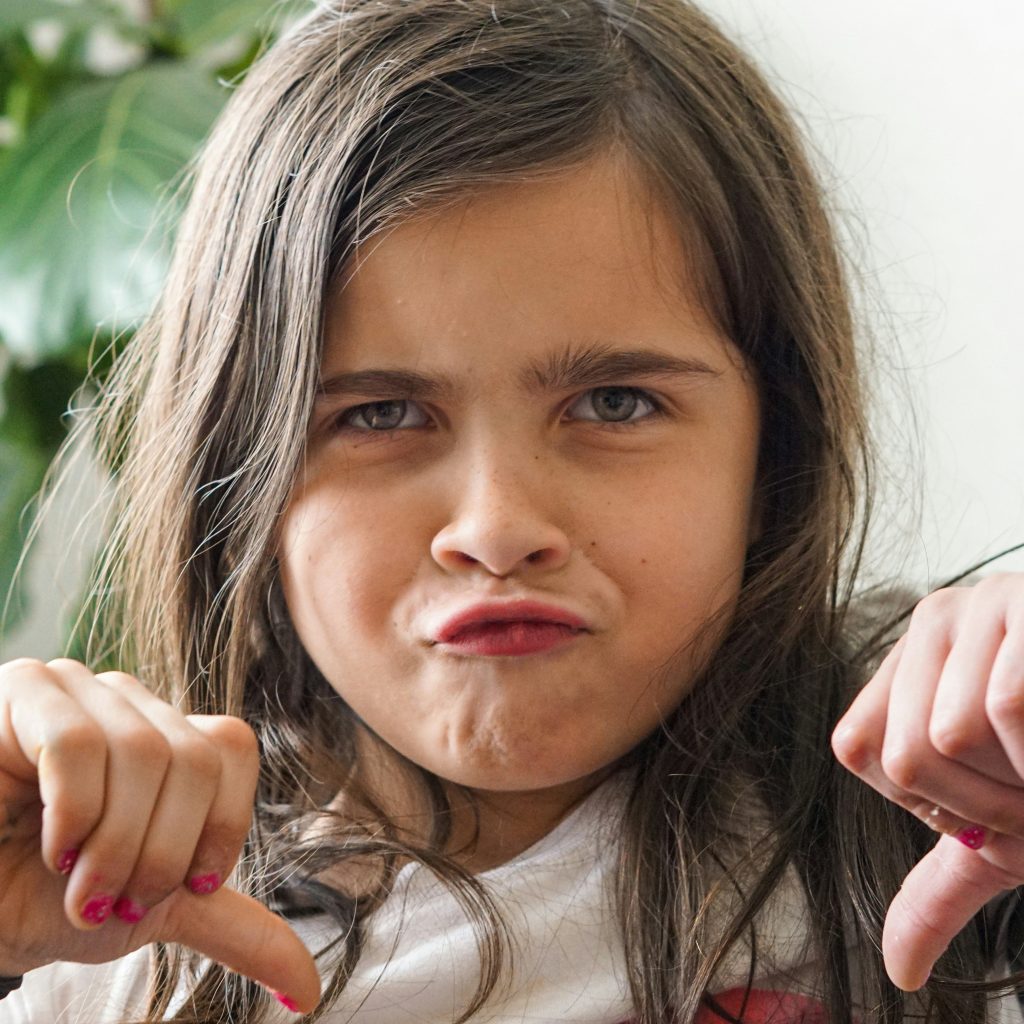One of the most powerful tools for promoting student progress is what’s called assessment for learning (AfL). When I was first teaching and the phrase was all the rage, you wouldn’t have passed an interview without mentioning it. While the acryonym AfL is less often used these days, it still underpins modern teaching.
The thinkers credited with the founding principles behind the use of AfL in the classroom are on record as saying they wish they’d called it something else. Rather than “assessment for learning”, they wish they’d called it “responsive teaching” and I can see why. In many ways, AfL is about neither assessment nor learning – at least, not in isolation. AfL, or rather responsive teaching, is about what a teacher does differently in response to where their students are in terms of their understanding.
While summative assessments (such as a GCSE examination) focus on evaluating final outcomes, AfL is embedded in day-to-day teaching in order to gauge students’ progress, clarify misunderstandings and – most crucially – to guide further learning. Effective use in the classroom presents a unique set of challenges for teachers, especially when working with larger groups. The process is infinitely easier in a one-to-one setting, where the dynamic between the tutor and the tutee shapes the entire process.
Responsive teaching is meant to be a continuous loop, the gathering and interpretation of evidence used to shape a teacher’s instructional decisions. AfL can also be used to help students to recognise their own current level of understanding and set goals to improve. It is meant to be an ongoing, dynamic process and requires teachers to have a nuanced understanding of each student’s needs, strengths, and areas for improvement. To be effective, AfL requires not just frequent feedback but feedback that is individualised and actionable. In a one-on-one setting, a tutor can more naturally meet these requirements, while in a classroom with multiple students, the process becomes complex, requiring considerable skill and resourcefulness from the teacher.
When implementing AfL in the classroom, teachers encounter several challenges that are unique to managing large groups. In a classroom of 30 students, teachers must balance AfL with the demands of covering the curriculum, managing behaviour and addressing a multitude of diverse learning needs. The time constraints are significant. For each student, providing specific feedback and tailoring instructional adjustments is an ideal that is often close to impossible to achieve in practice. In any single lesson, a teacher may only have a minute or two to focus on each student. This time is rarely enough for comprehensive feedback, making it challenging to provide meaningful guidance on areas for improvement.
In larger classrooms, teachers have to rely on quick, general assessments, such as asking questions to the class or using hand-raising methods, but these approaches can miss individual nuances and only provide superficial insights into each student’s understanding. Real-time feedback is essential for the process to work, but logistical challenges mean that teachers sometimes delay feedback until they can examine students’ work. This delay can diminish the impact of the feedback and may hinder a student’s immediate progress. It also places a significant workload burden on the teacher: even schools who have understood and embraced the principles behind whole-class feedback are still placing a considerable assessment burden on the classroom teacher in terms of work that must be completed outside the classroom.
In any classroom, some students may actively participate and show enthusiasm, while others remain quiet or withdrawn. Unless a school has fully embraced and embedded the principles of “no excuses”, teachers will struggle to gauge the understanding of all students. Ensuring equal participation is challenging, and without specific engagement from each student, teachers may only get a partial view of the overall class understanding. Implementing AfL strategies requires significant time and energy, which teachers often need to dedicate to managing classroom behaviour. Students can become disengaged, especially if they don’t immediately understand a lesson or find it challenging. The need for behaviour management can take time away from delivering AfL, reducing the effectiveness of feedback and lesson adaptation.
By contrast, one-to-one tutoring provides an environment where AfL shapes and defines the entire process. In a one-on-one setting, the tutor’s focus is exclusively on a single student and this individual attention means the tutor can tailor questions, feedback, and guidance specifically for that student. Any misconceptions or gaps in knowledge are immediately identified and addressed, without the need for complex assessment. For example, a tutor might notice hesitation in a student’s response and immediately reframe the question to clarify understanding. This kind of personalised, immediate and dynamic intervention is impossible in a classroom.
In tutoring, feedback is instant. If a student misunderstands a concept, the tutor can pause and offer corrective feedback on the spot. There is no need to wait, no need to press ahead with the curriculum. This timely response to a student’s needs helps to solidify learning and build confidence, making AfL truly effective. Tutoring allows for a flexibility in pacing which simply cannot happen in the classroom. A tutor can spend as much time as necessary on a particular concept, adjusting the level of challenge to ensure that a student remains engaged. For example, if a student masters a topic quickly, the tutor can introduce more complex material. Conversely, if a student is struggling, the tutor can slow down, review foundational concepts, or use alternative explanations.
One-to-one tutoring fosters a relationship where the student may feel more comfortable expressing misunderstandings or asking questions. I actively praise my students for interrupting me and asking questions, although I am careful to highlight for them that this is the right environement in which to do so; it is important to me that I support classroom teachers by clarifying to students that they cannot – nor should they – demand this level of individual attention and feedback in the mainstream classroom.







